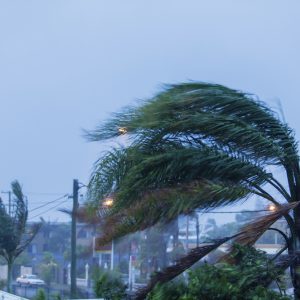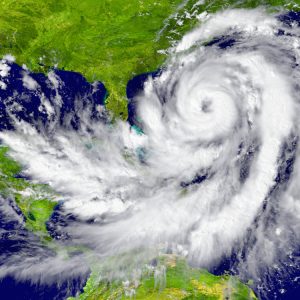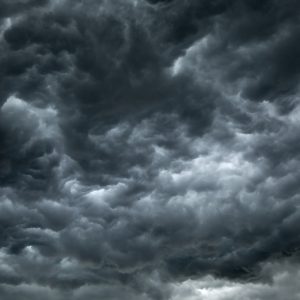
Well, 2020 hasn’t been the best year so far. It has had so many unpleasant surprises for people globally that it would probably take a few decades to forget the disaster and doom it has brought upon us. It is the year that started with the Australian Bush fire, and nature hit the pause button on life as we know it with the coronavirus.
While it seems like the world couldn’t face any more troubles beyond the COVID-19 pandemic, we had to battle issues murder hornets, a locust attack, earthquakes, oil spills in oceans, the Beirut explosion, and flight crashes that claimed numerous lives. In short, the past eight months have been the worst nightmares brought to life! However, that’s not where the horror ends. A new fear that’s gripping people is Hurricane Laura.
How it all began?
The tropical storm Laura hit western Cuba a few days ago before developing into a hurricane. It grew stronger as it neared the Gulf Coast and is now edging closer to Texas and Louisiana. With sustained winds of over 75 miles per hour, experts believe that it could spell horror to Texas and Louisiana residents.
What do we know so far?

According to the National Oceanic and Atmospheric Administration (NOAA) reports and the data gathered from their hurricane hunter plane, the hurricane is most likely to become a Category 3 storm. There is also a possibility of it going higher in the next few days.
The center of this storm is around 620 miles from in Galveston, Texas. The wind is moving at a rapid pace of 6 miles per hour.
National Hurricane Center
The warning from the National Hurricane Center suggests that the areas of stretches from San Luis Pass, Texas, through Intracoastal City, Louisiana, Galveston and Galveston Bay, and Houston metro area are under the extended scanner for the hurricane watch.
The National Hurricane Center also suggested that the hurricane might bring along a rain of four to eight inches over the next few days, from Wednesday, August 26, 2020, through Saturday, August 29, 2020. However, isolated areas along the Gulf coast could experience rainfall as high as 12 inches. This means the region could run the risk of an urban flood and widespread flash flooding.
The Threat Ahead
The tropical storm has claimed around nine lives so far in the Caribbean, and it is getting stronger and makes its landfall in the US. The storm could spell more doom. The storm could surge to over seven to eleven feet along the coast’s portions, which makes Houston particularly vulnerable.
The reason for this is simple. The concrete village that Houston is, it has a poor drainage system that makes it vulnerable to floods, the most recent devastating event being Hurricane Harvey and the rainfall that came along in the year 2017. If the same were to repeat this year, it could wreck as much doom as the horrible Hurricane Rita from 2005. Hurricane Rita came just a month after Hurricane Katrina, which resulted in over a hundred people losing their lives during Texas’s evacuations.
The Preparation
To avoid deaths during the evacuation when the hurricane is wreaking havoc, Texas has already started its evacuation efforts. Besides suspending the city services since Tuesday afternoon, Galveston and Jefferson County, Texas citizens also got a mandatory evacuation order. This is to ensure the necessary precautions are in place to protect the residents from Hurricane Laura. Orange County, Texas, is seeing a surge in voluntary evacuation to reduce the damage from the impending doom that is the Tropical Storm Laura.
The Fear and Uncertainty

The prevailing fear of the hurricane is gripping people in the sense of uncertainty. While the COVID-19 virus made people fear visiting the stores, the hurricane has brought back the serpentine queues. People are hoarding essentials just the way they did at the time of the pandemic. This goes on to create a new fear and a mad rush to buy before things run out of stock.
As Hurricane Laura comes soon after the Marco, the Gulf Coast regions seem to be the worst hit. Two powerful storms taking over the coast in just 48 hours and claiming numerous lives are only adding to the fear of impending doom. The authorities have issued a warning that things could get worse over the next two months as most named storms usually occur between August and November.
Naming a storm happens when it has a rotating circulation with a wind speed of 39 miles per hour. The same storm gets the classification of a hurricane when the wind’s speed further increases to 74 miles per hour. While that’s scary, we can only hope that the storm passes and wreaks no more havoc.





